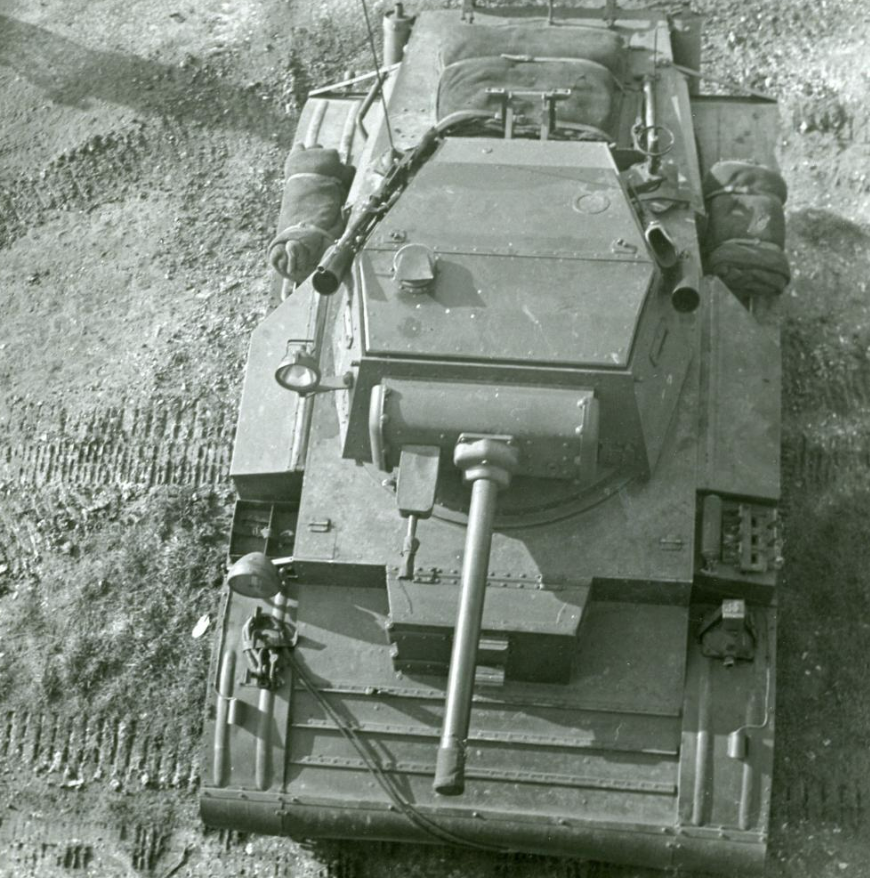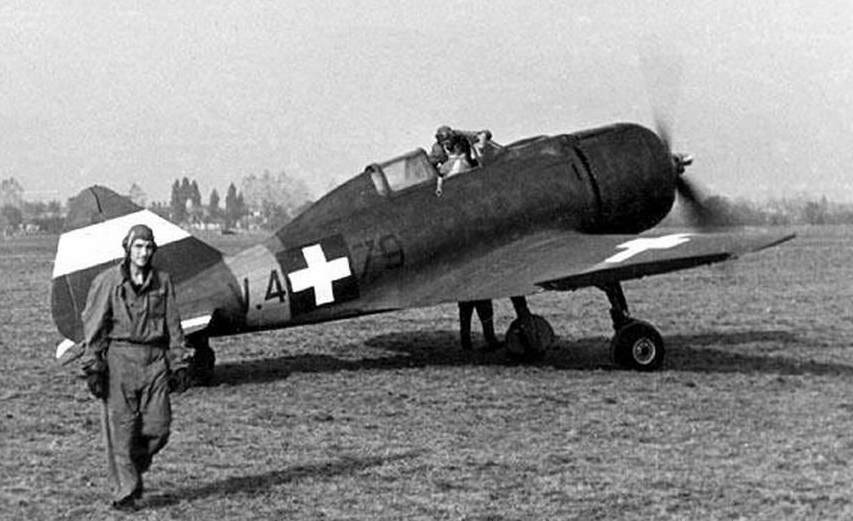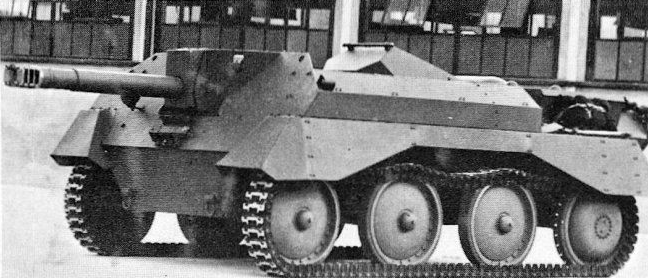The Tetrarch (Mk VII A17): A Compact British tank of World War II
- kismber

- Dec 23, 2023
- 2 min read
Updated: Dec 24, 2023
The Light Tank Mk VII (A17), famously known as the Tetrarch manufactured by Vickers-Armstrongs, the Tetrarch represented the pinnacle of light tank design of its time, incorporating enhanced firepower and maneuverability compared to its predecessors. The Tetrarch emerged as the latest iteration in a series of light tanks crafted by Vickers-Armstrongs for the British Army. Notably, it introduced a significant improvement by integrating the firepower of a 2-pounder gun, a feature absent in its forerunners. In response to a War Office order for 70 tanks, later increased to 220, production commenced in the late 1930s. Despite the initial order, various factors, including production delays, hindered the Tetrarch's mass production. Approximately 100 to 177 units were eventually manufactured, reflecting challenges and limitations faced by the British military-industrial complex during the war.
Vickers-Armstrong equipped the Tetrarch with a 40 mm QF 2-pounder main gun alongside a 7.92 mm Besa machine gun, both mounted in a two-man turret. The tank boasted a maximum armor thickness of 14 millimeters, trying to strike a healthy balance between protection and mobility. Operational deployment revealed several design flaws in the Tetrarch. The tank's compact size restricted its crew to only three members, with the driver in the hull and the gunner and commander in the turret. This limitation hindered the tank's effective operation, as the gunner or commander had to serve as both loader and operator of the 2-pounder, leading to combat delays.
The decision by the War Office not to deploy light tanks in British armored divisions ruled out the Tetrarch's use in the North African Campaign. While the majority of these tanks remained in Britain, twenty were sent to the USSR as part of the Lend-Lease program.
The Tetrarch's operational use unveiled design faults, primarily related to crew size and multitasking responsibilities. The tank's cooling system was also deemed faulty, making it unsuitable for deployment in hotter climates. As a result, the Tetrarch saw limited action during the war.
Despite its operational challenges, and the limited action the tank seen in the war, it was an important milestone as Vickers-Armstrongs realised that the way forward for light tanks is to enable them to fight heavier armouired vehicles hence tried to imporove the forepower of these light tanks. Today only two Tetrarchs have been preserved, serving as historical artifacts. One is displayed at The Tank Museum in Bovington, England, while the other finds its place at the Kubinka Tank Museum in Russia. In retrospect, the Tetrarch, with its blend of innovation and challenges, remains a distinctive chapter in the evolution of British light tanks during World War II.








